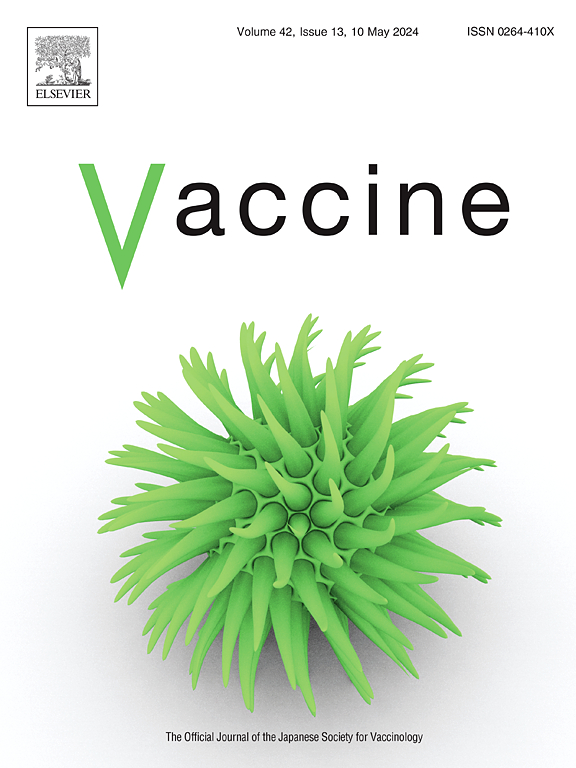Evaluation of HPV-loaded PLGA microparticles as single-dose HPV vaccine: Insights for sustained-release vaccine development
IF 4.5
3区 医学
Q2 IMMUNOLOGY
引用次数: 0
Abstract
The human papillomavirus (HPV) vaccine is pivotal to prevent new HPV infections and associated diseases globally, which requires a multi-dose regimen to maximize protection. A long-acting HPV vaccine that can be administered in a single immunization during a doctor's visit would be highly desirable if comparable benefits are provided to that of standard of care (SoC). This work explored the development of a sustained-release HPV vaccine formulation via temperature-programmed loading of polylactic-co-glycolic acid (PLGA) microparticles (MPs). Traditional methods for fabricating HPV-loaded MPs suffer from HPV virus-like particles (VLP) structure/function loss due to exposure to organic solvents, shear stress, etc. This approach separates the microparticle fabrication from VLP loading thereby effectively minimized common stress conditions during formulation. The HPV-loaded PLGA MPs demonstrated significantly prolonged injection site retention as a depot and successfully elicited robust immunogenicity in a dose-dependent manner in vivo. However, a single dose of HPV MPs alone resulted in lower immunogenicity compared to GARDASIL®9 (G9, laboratory prepared material equivalent in composition) prime/boost in a rabbit model, likely due to the lack of an effective adjuvant in the formulation. Alternatively, concomitant administration of HPV MPs and G9 at separate injection sites was shown to induce noninferior antibody titers and durable immune response compared to the current SoC multi-dose regimen. It was hypothesized that the bolus dose of G9 served as potent prime while sustained release of HPV antigens from MPs exerted booster effect. Despite the cost benefits and convenience offered by a single injection of HPV vaccine, the co-formulation of HPV MPs with G9 remains a challenging area. In summary, this work successfully demonstrated the feasibility of developing a sustained-release formulation of HPV vaccine and provided valuable insights into challenges and opportunities of formulation design to improve efficacy, safety, and tolerability as a single-dose HPV vaccine.
求助全文
约1分钟内获得全文
求助全文
来源期刊

Vaccine
医学-免疫学
CiteScore
8.70
自引率
5.50%
发文量
992
审稿时长
131 days
期刊介绍:
Vaccine is unique in publishing the highest quality science across all disciplines relevant to the field of vaccinology - all original article submissions across basic and clinical research, vaccine manufacturing, history, public policy, behavioral science and ethics, social sciences, safety, and many other related areas are welcomed. The submission categories as given in the Guide for Authors indicate where we receive the most papers. Papers outside these major areas are also welcome and authors are encouraged to contact us with specific questions.
 求助内容:
求助内容: 应助结果提醒方式:
应助结果提醒方式:


